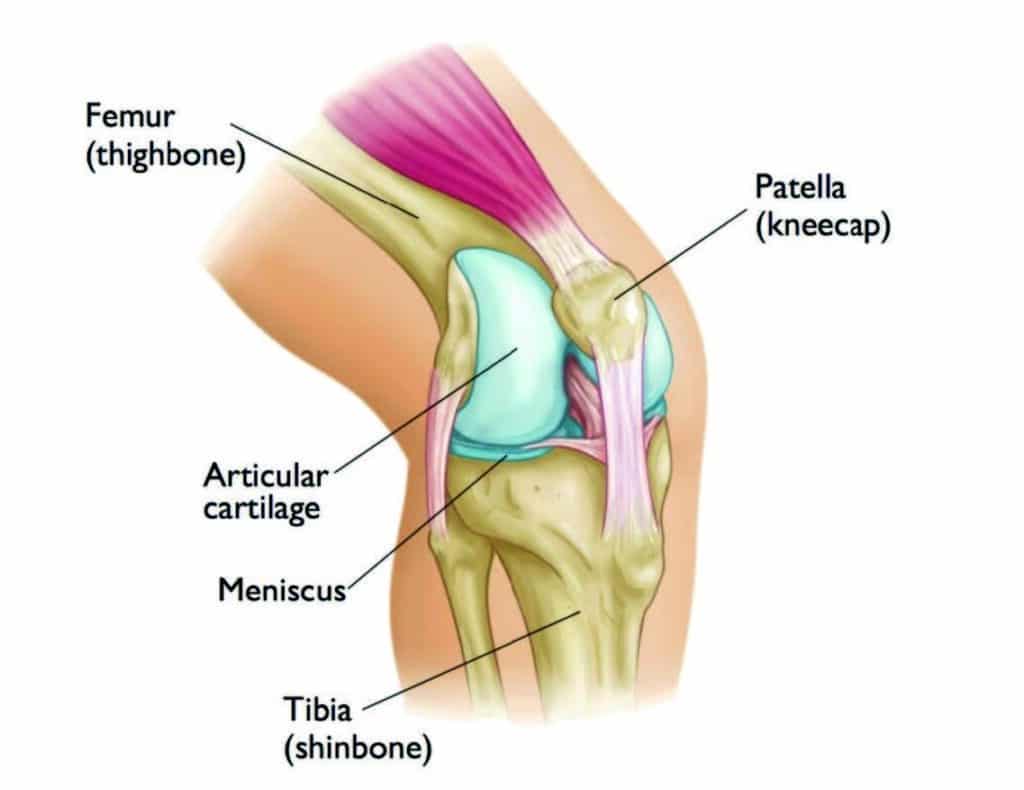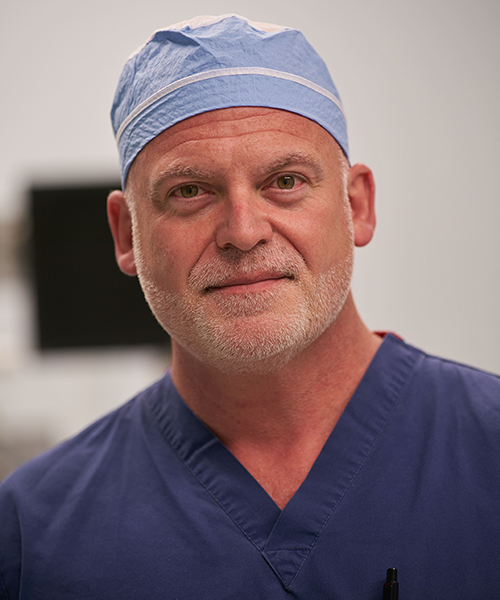When pain and immobility from torn knee tissue keeps you from being active, a minimally invasive knee arthroscopy can get to the root of the problem to relieve inflammation.
Dr. Andrew Wickline is a board-certified orthopedic surgeon specializing in total joint replacement and knee arthroscopy, with a focus on outpatient surgery. He has more than 20 years of knee arthroscopy experience, operating on multiple patients per week.
Dr. Wickline offers a self-pay option for those who don’t have insurance or are traveling from other states, or countries, to access high quality care. Patients who self-pay for knee arthroscopy may benefit from not being limited to the facilities, pain management techniques, and rehabilitation plans an insurance company will approve.
If you would like a consultation for a self-pay knee arthroscopy with Dr. Wickline, please call his office at (315) 860-0410 or request an appointment online.
What is Knee Arthroscopy?
A knee arthroscopy (or “scope”) is a surgery that uses small incisions to insert a camera for a comprehensive look inside your knee, and special instruments to treat soft tissue injuries. It is typically used to fix tears in the cartilage or meniscus that help your knee bend, straighten, and absorb shock.
Knee Anatomy and Function

Cartilage:
- The ends of our bones are covered with cartilage.
- This slippery substance helps bones glide smoothly as you bend or straighten your leg.
Meniscus:
- Two wedge-shaped pieces of meniscus act as “shock absorbers” between your femur (thigh bone) and tibia (shin).
- Meniscus is tough and rubbery, which helps cushion and stabilize your joint.
Ligaments:
- Cruciate ligaments form an “x” in the middle of the knee to stabilize forward and backward movement.
- Collateral ligaments on the sides of the knee provide side to side stability.
Baker’s Cyst:
- This fluid-filled cyst behind the knee is a reservoir for extra fluid that builds up from damage inside the knee.
- Extra fluid can squeeze out between the calf muscles and hamstrings, which causes bulging, pain and tightness.
- Most people over 50 have a Baker’s cyst, which varies in size depending on the condition of the knee and the amount of inflammation at any given time.
- Addressing the source of inflammation should considerably reduce the size of a Baker’s cyst.
Knee Arthroscopy Candidates
Knee arthroscopy is often recommended for treating a torn meniscus, which is one of the most common knee injuries.
Torn meniscus causes:
- Activities that involve forcefully twisting or rotating your knee, especially while putting your full weight on it
- Contact sports, such as football, and activities that involve pivoting, such as tennis or basketball
- Extra weight, and wear and tear as you age
Torn meniscus symptoms:
- A popping sensation
- Swelling or stiffness, which may take 24 hours or more to develop
- Pain twisting or rotating your knee
- Difficulty straightening your knee
- Feeling like your knee is locked or gives way
Diagnosing torn meniscus:
- X-rays reveal bony injuries or arthritis.
- If an exam indicates a meniscal tear, conservative treatments including rest, anti-inflammatory medication, physical therapy, and injections, may be recommended.
- If conservatives treatments fail, an MRI can provide a more detailed view.
- A knee arthroscopy reveals the full extent of a meniscus tear, surrounding tissue damage, and arthritis.
Knee arthroscopy demographics:
- Arthroscopy will fix a torn meniscus for an 18-year-old, without arthritis, 99% of the time.
- 50 to 60-year-old patients may also benefit from a scope.
- Patients in their 80s and above, who often have significant arthritis along with a meniscal tear, are not good candidates for arthroscopy.
Knee Arthroscopy Recovery
Dr. Wickline’s patients receive a “Knee Arthroscopy Patient Information Booklet” which outlines the procedure and recovery, including strength and range of motion exercises.
Post-procedure:
- Following surgery, your knee will feel tight and full.
- Ice and elevation will relieve inflammation for the first several days.
- Use over-the-counter anti-inflammatory medications for pain. A small dose of narcotics may be prescribed for severe pain.
- Take 81 mg Aspirin daily for 2 weeks to prevent blood clots.
The first week:
- You can shower the day after surgery and leave incisions uncovered.
- Bear weight and work on range of motion as tolerated without overdoing it.
- Increase walking gradually with crutches, a cane, or walker.
- In 3-7 days, return to the office to get stitches removed and review findings.
Return to activities:
- No driving while taking narcotics.
- Driving may also be discouraged while using crutches or a cane.
- You may be able to return to a desk job in 3-7 days.
- Jobs that require standing, or being on your feet for long periods of time, may require up to 4 weeks of recovery.
Self-Pay Knee Arthroscopy Pricing
A $4,600 self-pay fee for knee arthroscopy covers:
- Surgery center facility fee
- Anesthesia fee
- Procedure fee
- Icepacks
- Crutches or walker
Self-Pay Knee Arthroscopy in Upstate New York
Dr. Wickline has more than 20 years of experience performing knee arthroscopies. He frequently performs this procedure, operating on multiple patients each week, and has pioneered techniques to make the recovery process easier. Self-pay knee arthroscopy allows patients to access high quality care and benefit from facilities, pain management techniques, and rehabilitation plans that may not be approved by insurance. If you would like a consultation for a self-pay knee arthroscopy with Dr. Wickline, please call his office at (315) 860-0410 or request an appointment online.

Andrew B. Wickline, MD, FAAOS
Professional Affiliations
- Fellow, American Academy of Orthopaedic Surgeons
- Fellow, American Association of Hip and Knee Surgeons
- Member, FOCOS – Foundation of Orthopedics and Complex Spine
